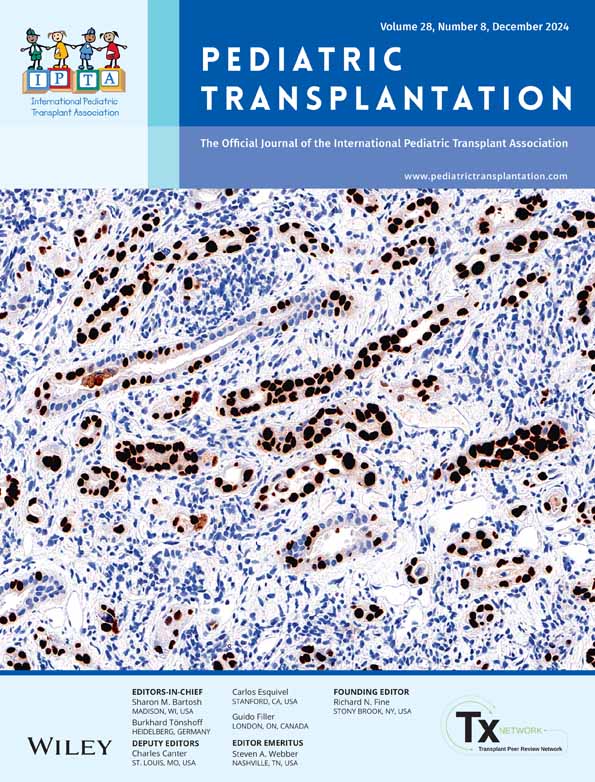Unlocking the Promise of Liver Perfusion Technologies for Pediatric Transplantation: A State-of-the-Art Review
Funding: The authors received no specific funding for this work.
ABSTRACT
Background
Outcomes after pediatric liver transplantation are generally excellent, but the limited avavailability of suitable, size-matched liver allografts remains a significant barrier. Machine perfusion technology has emerged as a promising approach to expand the donor pool, enabling the use of less ideal whole liver grafts, such as livers donated after circulatory death, and enhancing the execution of split liver transplantation.
Methods
This review examines the application of machine perfusion in pediatric liver transplantation, focusing on two primary techniques: hypothermic oxygentaed perfusion and normothermic machine perfusion. These methods optimize storage, resuscitation, and assessment of liver grafts before transplantation, potentially expanding the range of usable donor organs.
Results
The use of machine perfusion allows for the consideration of suboptimal donor livers and facilitates split liver transplantation, both of which could increase organ availability for pediatric patients. Implementation of machine perfusion could also help reduce waiting list mortality by enabling the safe use of a broader spectrum of donor organs.
Conclusions
Adoption of machine perfusion in pediatric liver transplantation will require collaborative, multidisciplinary efforts across transplant centers. By fostering cooperative learning and sharing resources. the integration of machine perfusion into clinical practice has the potential to reduce mortality among children awaiting liver transplantation.
Open Research
Data Availability Statement
Data sharing is not applicable to this article as no datasets were generated or analyzed during the current study.




